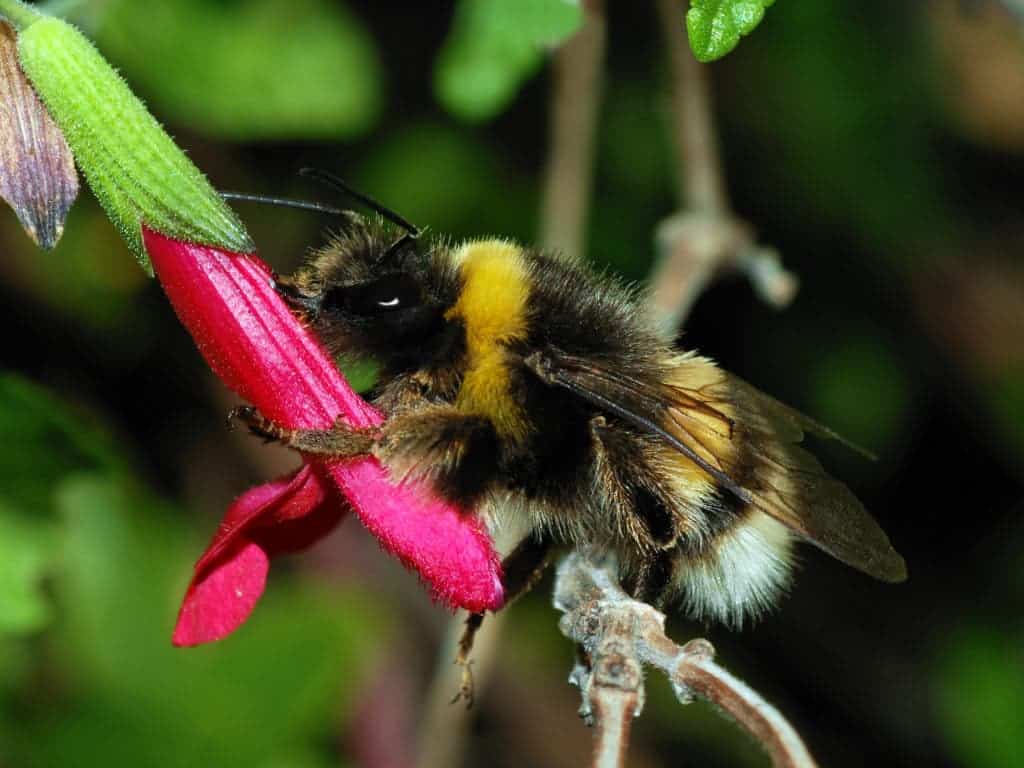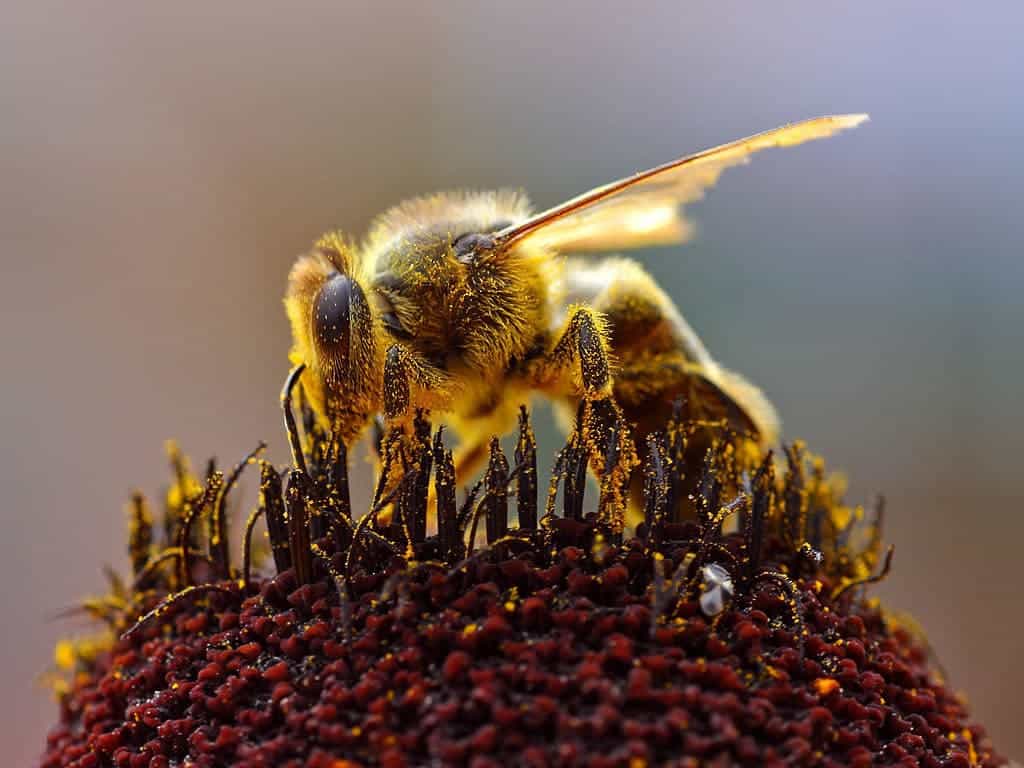More and more studies add evidence to a bleak theory: our pesticides are killing off the bees.

Pesticides vs bees
Bumblebees don’t get nearly as much love as honey bees, but maybe they should. Sure they’re wild and they don’t produce as much honey as their “domestic” counterparts, but they help pollinate numerous fruits, vegetables, and wildflowers. Bumblebee species are declining in Europe, North America, and Asia due to a number of factors — including habitat degradation, pathogens, and pesticide use. Now, a new study analyzed the latter factor, focusing on popular pesticides called neonicotinoids, and what they found isn’t pretty, as NPR puts it. The pesticides apparently deter bumblebee queens from laying eggs.
Neonicotinoids are a relatively new class of insecticides that emerged in the 1990s. Compared to some of their predecessors, they cause less toxicity in birds and mammals. However, in recent years, they’ve come under increasing scrutiny due to their environmental impact, especially on bees and other benign insects. Neonics (as they’re also called) are systemic and move throughout growing plants. This means that traces of the pesticide reach the pollen, which the bees consume. Quite often, neonics have been found in areas that haven’t been treated, such as meadows or wildflower patches.
Because they spread so much, the impact they have on bees is far reaching and hard to thoroughly assess — yet a growing number of studies associated these pesticides with honeybee colony collapse disorder (CCD) and loss of birds due to a reduction in insect populations. While these findings remain controversial, in 2013, the European Union (and some other non-EU countries) banned the use of such pesticides, and positive results were visible fast. The ban is only temporary for now, but the EU is considering making it permanent despite complaints from pesticide companies and some farmers which claim yields have gone down.
For most of the world, neonics are still going strong, and both bees and bumblebees are paying a huge price.
Bumbling around
For the study, researchers from the Royal Holloway University of London set up an experiment involving bumblebee queens. They fed the queens a syrup which contained traces of a neonicotinoid called thiamethoxam, similarly to what a queen would be exposed to in real life.

These queens were 26% less likely to lay eggs when they were exposed to thiamethoxam. This isn’t saying that the population would only decline by 26% — but when they modeled the impact of this 26% decrease, they found a significantly increased likelihood of population extinction.
“Without the queen laying eggs, there is no colony,” says Nigel Raine, one of the scientists who conducted the experiment. Raine helped start the experiment, but has since moved to the University of Guelph in Canada.
The problem is that the pesticide exposure is impacting bumblebee populations in conjunction with other factors, such as inadequate resources or pathogens. It’s difficult to say just how much of an effect all these stresses working together will have, but so far, it seems to be devastating.
Bumblebees are in danger in many developed countries and it’s becoming clearer and clearer that pesticides are at least partly to blame.
“Bees play a vital role as pollinators in both agricultural and natural systems. However, there is increasing concern about the state of wild bee populations. Nearly 10% of European bee species are currently considered threatened and bumblebees are declining on a global scale. The cause of these declines is thought to be a combination of factors, particularly habitat loss, parasites and diseases, invasive species, and climate change,” researchers conclude.
Journal Reference: Gemma L. Baron, Vincent A. A. Jansen, Mark J. F. Brown & Nigel E. Raine — Pesticide reduces bumblebee colony initiation and increases probability of population extinction. doi:10.1038/s41559-017-0260-1


